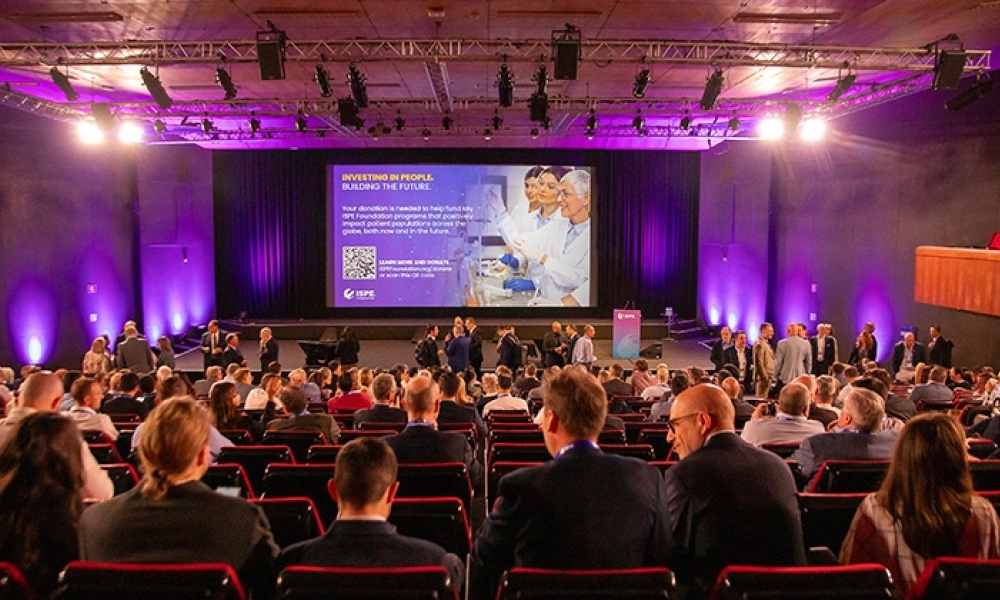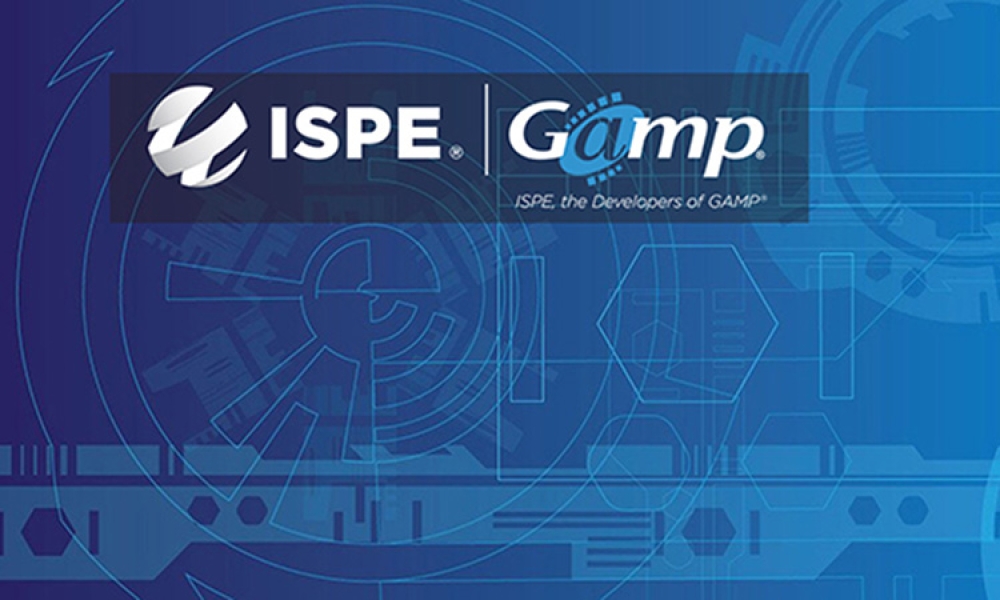The Single-Use Technology Supply Crisis: Round-Table Discussion Summary

The exponential increase in demand to manufacture therapeutics including vaccines triggered by the pandemic has stressed the supply chain for single-use products.
This past Fall, ISPE’s Disposable (Single-Use) Community of Practice (CoP) hosted a virtual round-table event to discuss the single-use supply shortage crisis. The goal was to share experiences from seasoned industry end users and suppliers to highlight opportunities that could generate solutions to help the industry.
Participants were placed in one of eight groups. Each group discussed a specific key topic of concern to the industry. These included:
- Bottleneck mapping
- Like for like (equivalency)
- Harmonization / standardization of designs
- Harmonization of materials
- Change control management
- Supplier and end-user relationship
Many ideas and successful solutions in overcoming specific aspects of the crisis were shared. A selection of main results for each category are described below:
The bottleneck mapping exercise highlighted successful solutions implemented that included standardized assemblies and ordering up to a year earlier to assure inventory availability. Larger end-user companies qualifying secondary supplier can help reduce supply chain challenges while smaller end-user companies using fewer suppliers can help reduce complexity.
Like-for-like (equivalency) include the need to define properly the equivalency status and the key criteria (e.g., specifications and functional requirements) in order to identify suitable substitutions / alternatives as well as the level of qualification / verification work required from suppliers & end-users to support the equivalency assessment. The panel raised the need for industry to further collaborate to build generic risk matrix and technical feasibility assessment in order to safely assess the equivalency of proposed alternatives.
Standardizing assemblies discussions identified multiple benefits, such as reduced re-qualification time, supply chain complexity, errors in GMP manufacturing, start-up time as well as inventory management at suppliers and end users. It should ease justification for dual sourcing for critical assemblies, training, and tech transfer plans.
Likewise, harmonization of materials will simplify qualification and stability tests. It can help provide a ‘platform’ approach that minimizes efforts in the selection of materials. This objective combined with standardizing assemblies can be facilitated by having a harmonized design space.
Change management is a constant in today’s fast-moving technology. Having a strong communication link in the whole supply chain can make the change process less disruptive. Time is a cri¬tical parameter as changes propagate in the supply chain. One of the aspects is to define a robust change control management process as part of quality agreement. Another important aspect is having a communication path defined in advance between the supplier and the end-user. Setting up clear definitions of acceptance / conformity criteria prior to receiving materials into operations, will provide large benefits to reduce tedious change controls afterwards. This will minimize problems and allow for faster implementation of changes. Because of the nature of bio-pharma industry, if the change management process is not defined in advance, it is difficult to implement the change collectively and in timely manner among all end-users’ departments (quality, engineering, production etc.).
Enhancing the supplier and end-user relationship can help to secure supplies, reduce lead time, and ensure business continuity. Examples include facilitating more frequen¬t interactions such as meetings and visits between both the end users and the suppliers’ facilities. Understanding the suppliers’ product line and supply chain may help the end-user select off-the-shelf systems, which can benefit supply chain management for both stakeholders. Understanding the end-users’ processes may help the suppliers integrate features into their product line that meet the functional requirements. Sharing production plans / demands with suppliers can help reduce supply issues. Two to five years end-users’ forecast can give visibility to the suppliers to plan their production and better assure the end user’s demand. Overall, a more connected and transparent relationship is beneficial to both the suppliers and the end-users.
A main outcome from the roundtable is that effective medium/long term strategies such as standardization, multi-sourcing, like-for-like (equivalency), change control management, and supplier relationship management (SRM), need to be addressed at the beginning of any Single Use Technology (SUT) project to improve business continuity and avoid issues arising in manufacturing operations. The strategies / measures are more difficult to implement later in the project or when in a crisis mode due to challenges with change control, risk assessment, and implementations.
More details on the results of the round table are planned to be presented in future publications. Meanwhile, please connect with members of the Disposables CoP Steering Committee or place a note in the Disposables CoP discussion board for any immediate queries.












